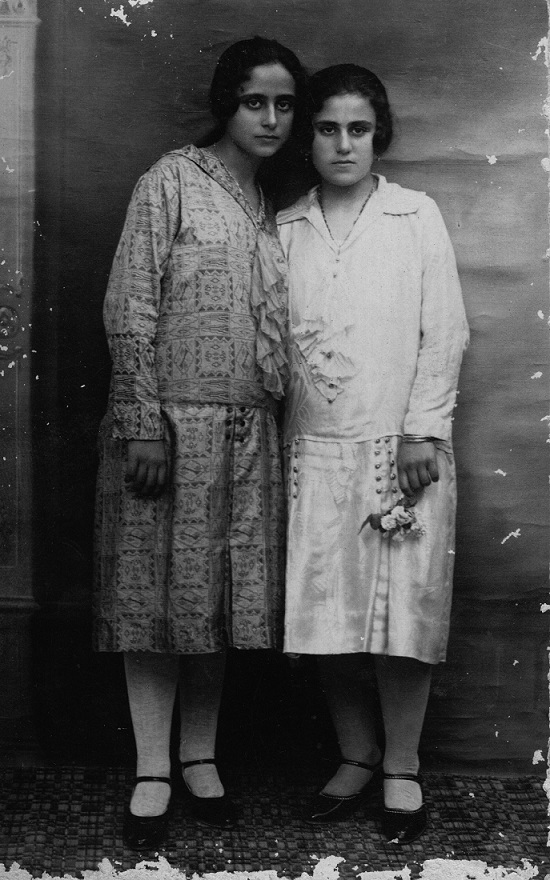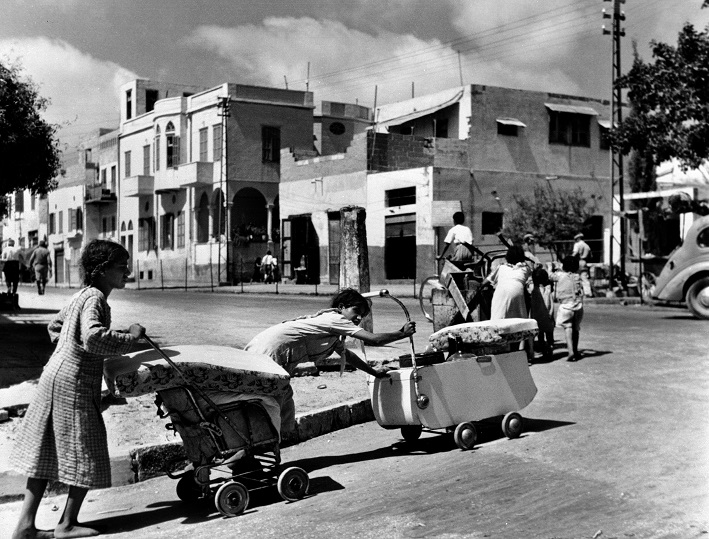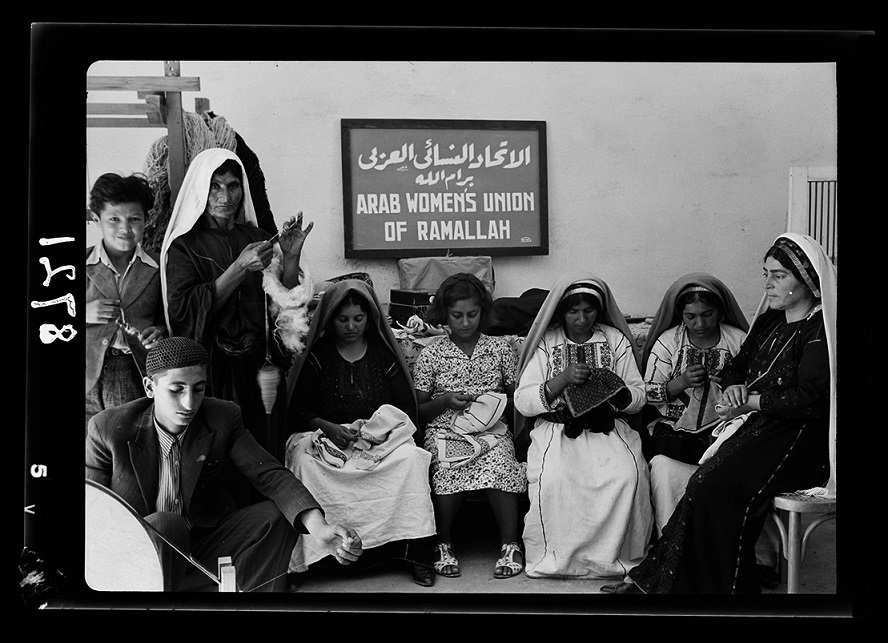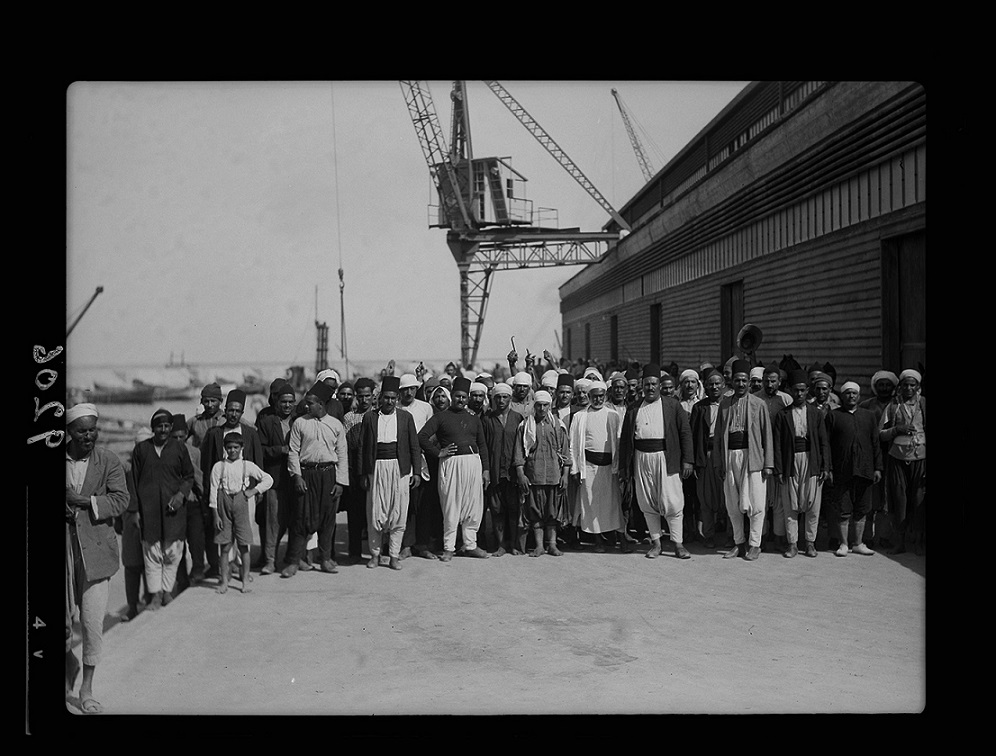The Nakba, the dispossession and expulsion of Palestinians by Israelis in 1948, in the words of Mohammed El-Kurd “breathes down our necks, invading our national identity and contorting our earliest encounters with our sense of self”.

Sean Sheehan
He writes this in the foreword to the 2024 edition of a book of photographs first published in Spanish in 2016 and now appearing in a English edition.
The images, dating from the 1890s to the 1950s, are permanent documentary evidence that Palestine was not – contra the Zionist myth – an empty wasteland when Jewish settlers first arrived there in the last two decades of the nineteenth century. By the time the 1917 Balfour Declaration promised a national home for Jews in Palestine, 6% of the population was Jewish and owned 1% of the land.
Thirty years later, when the United Nations partitioned Palestine into an Arab state and a Jewish state, the Jewish population of 33% was granted over half of the territory but owned only 6.6% of the land.
The Nakba was Israel’s solution to the 6.6% figure and two thirds of the Arab population, over 700,000, were forced into exile following murderous attacks on Palestinian villages.
Almost 300,000 had been forced out before the outbreak of the first Arab-Israeli war in 1948. Israel’s genocidal violence in Gaza is a continuation of the Nakba.
 The photos have a variety of sources and this is explained in the book. Those of the center of the ancient city of Haifa before it was demolished by Israeli troops was taken by Sami Karameh and donated by his family to Johnny Mansour and his collection provides many of the images.
The photos have a variety of sources and this is explained in the book. Those of the center of the ancient city of Haifa before it was demolished by Israeli troops was taken by Sami Karameh and donated by his family to Johnny Mansour and his collection provides many of the images.
The photo of girls fleeing Jaffa in 1948, pushing their belongings in wheelbarrows and a stroller, is from UNRWA, the UN agency working to support Palestinian refugees.
The accusation by Israel against UNRWA staff has not been supported by any evidence, something confirmed by a senior EU aid official. The photo of Palestinian refugees boarding boats to Lebanon and Egypt in 1949 from a beach in Gaza, also from UNRWA, is a reminder that many of them stayed in Gaza and they and their descendants now make up 70% of the territory’s population.

The photographs, visual and affective testimony to Palestine as a country where people and their culture thrived, are life affirming and urgently need looking at.
“Against erasure: a photographic memory of Palestine before the Nakba”, edited by Teresa Aranguren and Sandra Barrilaro, is published by Haymarket Books.
(Photos supplied by the publisher and authorised for publication)














.jpg)












